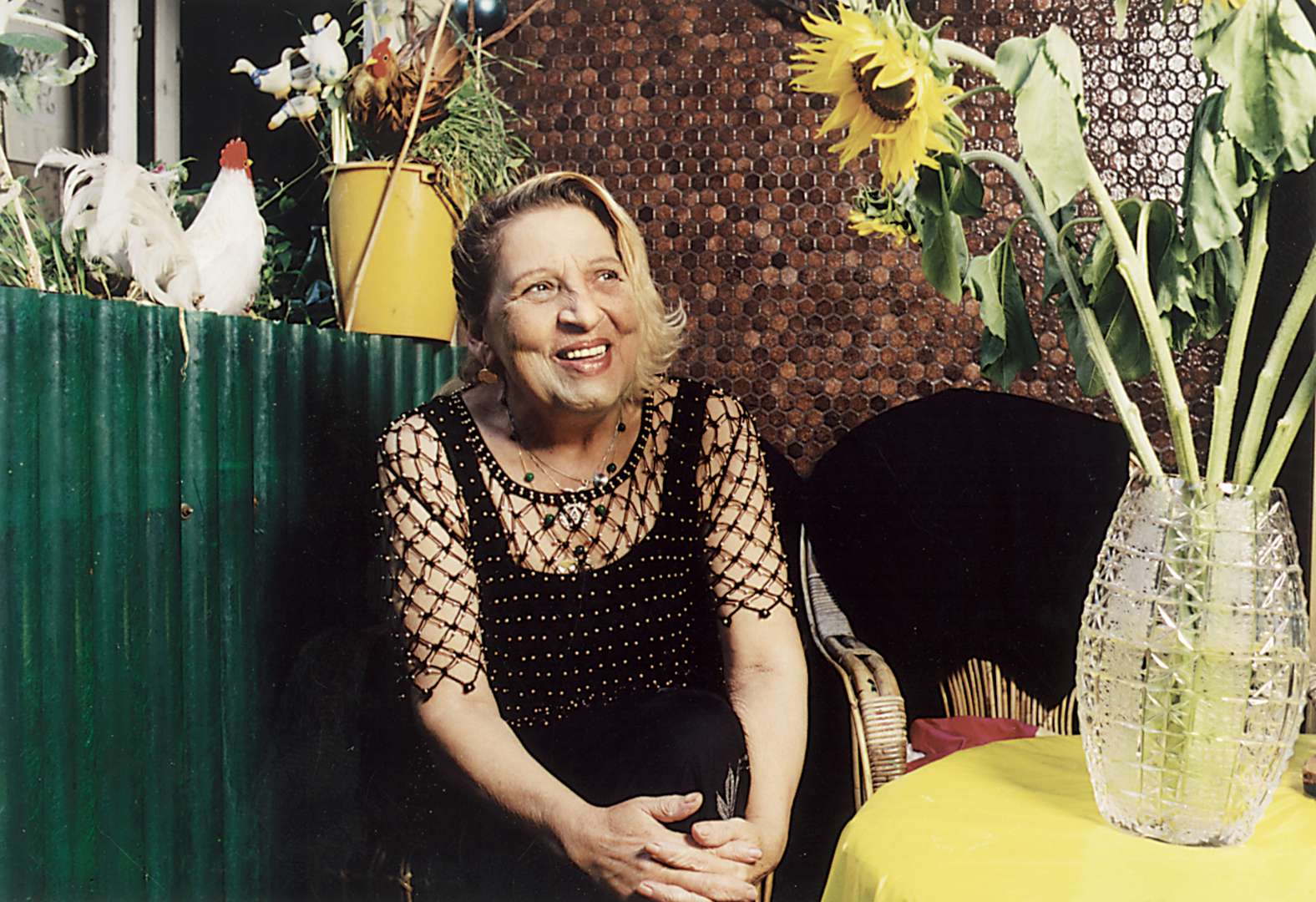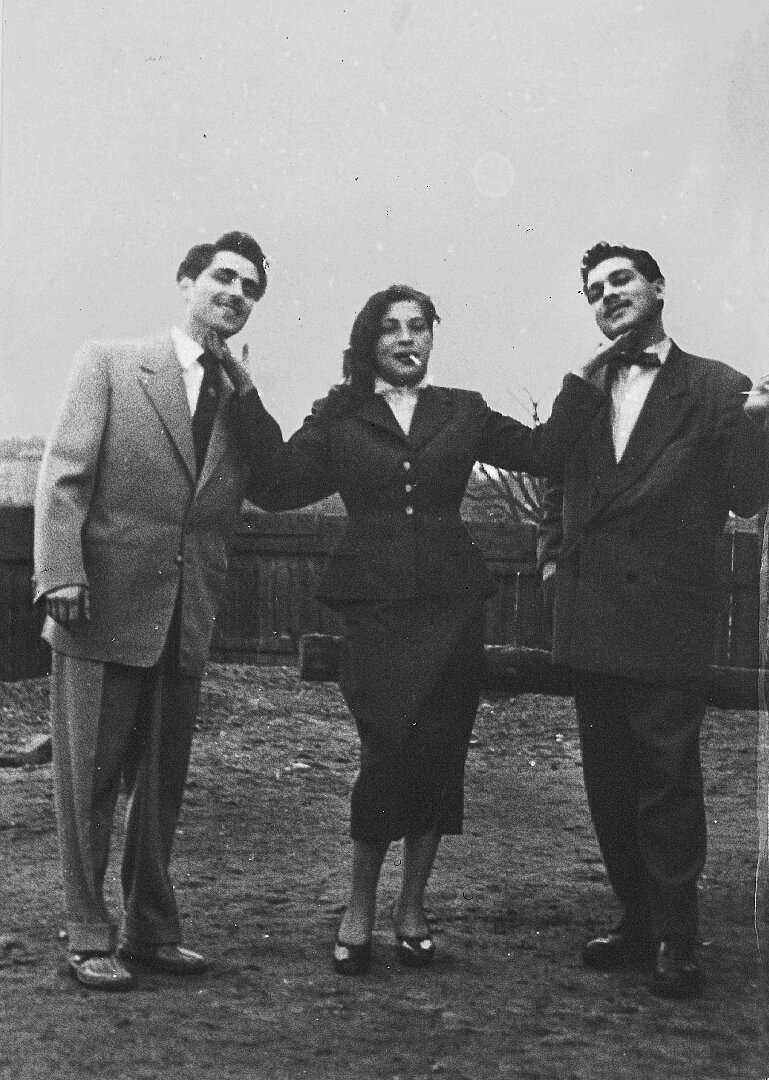Roma history in Austria is more than 600 years old, but the publication of their oral and written literature only began in the 1990s. Chroniclers in Eastern Europe recorded the arrival of wandering groups of people in regions of today’s Austria in the fourteenth and fifteenth centuries. During the next six centuries, Roma encountered laws, policies and decrees that increasingly aimed to exclude, expel or annihilate them. Between 1740 and 1780, the Habsburg Empress, Maria Theresa, and subsequently her son, Joseph II, enacted laws to assimilate Roma under the aegis of enlightenment. Roma were therefore ultimately required to relinquish their language and customs.
Romani Literature in Austria: An Overview
In the nineteenth century, Roma were forced to move from one region to the next as prejudices and law enforcement increased. During the First World War, many Roma served in the army but received no monetary compensation. In 1928, the Burgenland police commission registered and catalogued almost 8,000 Roma, marking the beginnings of a systematic effort to find, capture and eventually exterminate Roma. Although it is difficult to assess how many Roma perished during the Nazi era, estimates state that some 9,000 out of more than 11,000 Austrian Roma were killed, resulting in a survival rate of about 18 per cent. Most were interned in the so-called ‘Zigeunerlager’ (‘Gypsy Camp’) in Auschwitz-Birkenau, which was liquidated in August 1944.

After the Second World War, Roma were reticent to talk in private or public about their persecution, much less to publish written accounts. Ceija Stojka, a Lovara woman, was the first Austrian Romni to publish accounts of her experiences before, during and after the National Socialists aimed to exterminate the so-called „Zigeuner“. Until her first autobiographical writing appeared, entitled Wir leben im Verborgenen: Erinnerungen einer Rom-Zigeunerin [We Live in Seclusion: Memories of a Rom-Gypsy] (1988), few Roma persecuted under the Nazi regime had told their stories publicly. Ceija Sojka’s writings and artwork convey rich stories about the Lovara during the interwar period; about torture in the concentration camps of Auschwitz, Ravensbrück and Bergen-Belsen; and about continued struggles after the Second World War.

Ceija Stojka’s brothers – the artist Karl Stojka and musician Mongo Stojka – both published their autobiographies, entitled, respectively, Auf der ganzen Welt zu Hause: Das Leben und Wandern des Zigeuners Karl Stojka [At Home in the Whole World: The Life and Wanderings of the Gypsy Karl Stojka] (1994) and Papierene Kinder: Glück, Zerstörung und Neubeginn einer Roma-Familie in Österreich [Paper Children: Happiness, Destruction and a New Beginning of a Roma Family in Austria] (2000).
The process whereby Austrian Romani writers published their oeuvre is partly grounded in orality. Ceija Stojka had editorial assistance from Karin Berger who helped to write down the oral stories and organise the numerous stories and drawings that Ceija Stojka had been producing in notebooks over the years. Karl Stojka and Mongo Stojka were encouraged to begin writing their autobiographies by non-Romani acquaintances who had listened to their narratives and then assisted in the writing process. The autobiographies of Mišo Nikolić, a Rom who immigrated from former Yugoslavia to Austria in the 1950s, entitled Landfahrer: Auf den Wegen eines Rom [Traveller: Along the Ways of a Rom] (2000) and ... und dann zogen wir weiter: Lebenslinien einer Romafamilie [...and then We Moved on: Lifelines of a Roma Family] (1997), were initiated in workshops at the Amerlinghaus in Vienna.
The six bilingual Romani-German collections of tales, stories and conversations published by Drava are based on sound recordings of oral stories of Roma mostly from Austria and the Balkan countries (Halwachs et al., 2000; Cech et al., 2001; Fennesz-Juhasz et al., 2003; Heinschink et al., 2006; Cech et al., 2009; Fennesz-Juhasz et al., 2012).
In 1993, Roma were recognised in Austria as an official ethnic group. Six main groups reside in Austria today: Lovara, Burgenland-Roma, Gurbet, Kalderash, Sinti and Arlije. This recognition has not, however, eliminated stereotyping and discrimination. On 4 February 1995, four Roma in Oberwart fell victim to a bomb when they attempted to dismantle a sign reading ‘Roma zurück nach Indien’ [‘Roma go back to India’].
This tragedy spurred Stefan Horvath, whose son was one of the murdered victims, to begin writing. His first work, Ich war nicht in Auschwitz [I Was Not in Auschwitz], relates the traumatic stories of his parents’ generation and their attempts to suppress their memories. In Katzenstreu [Cat Litter] (2007), Horvath depicts the 1995 act of terror and its aftermath from diverse perspectives.

Ilija Jovanović, a Gurbet Rom, migrated from Serbia and settled in Vienna in 1971. Bündel / Budžo [Bundle] (2000) was his first poetry collection, appearing as a bilingual edition in Romani and German, followed by Dromese rigatar / Vom Wegrand [From the Edge of the Path], a bilingual collection in Romani and English, News from the Other World in 2010 and Mein Nest in deinem Haar – Muro kujbo ande ćire bal [My Nest in Your Hair] in 2011. Jovanović passionately depicts Romani customs and stories from his childhood and writes about suffering from isolation, prejudice and a loss of identity in Austria.
Samuel Mago belongs to a younger generation of Roma who are engaged in literary writing and social activism. He was born in 1996 in Budapest with Roma and Jewish heritage. He has won prizes for his literary pieces, which include the short story Zeuge der Freiheit [Witness of Freedom] and, together with his brother Károly Mágó, the collection of short stories glücksmacher / e baxt romani [fortune-bringers].
Yenish have historically faced a lot of persecution similar to that suffered by Roma. Romedius Mungenast was one of the first Austrian Yenish to publicly identify himself as a Yenish. His Jenische Reminiszenzen [Yenish Reminisences] (2001) is an anthology of stories and poems about Yenish cultural practices, history and customs. Sieglinde Schauer-Glatz, who had been taken away from her parents when she was two months old and placed in foster care, was forty-nine when she publicly recognised her Yenish roots by writing poetry, the play Fremd in der eigenen Heimat [A Stranger in One’s Own Land] and the fairy-tale Die Kräuterhexe [The Herb Witch] (2001). Simone Schönett's many works of poetry, short stories and novels include Im Moos (2001) and re:mondo (2010). She explores themes of family, language, change, gender, traditional customs and work, woven into the complex history of persecution and discrimination.
Rights held by: Lorely French (text) | Licensed by: Lorely French | Licensed under: CC-BY-NC 3.0 Germany | Provided by: RomArchive




